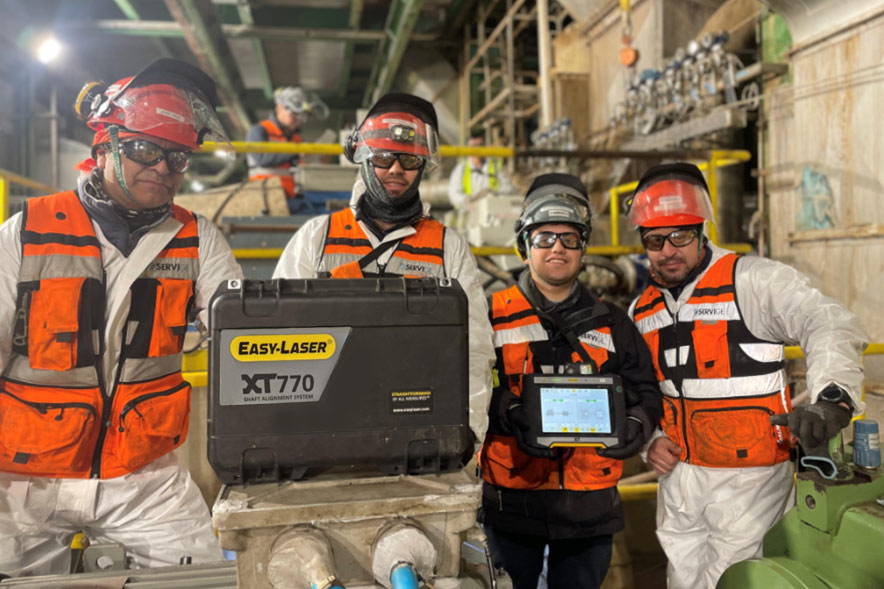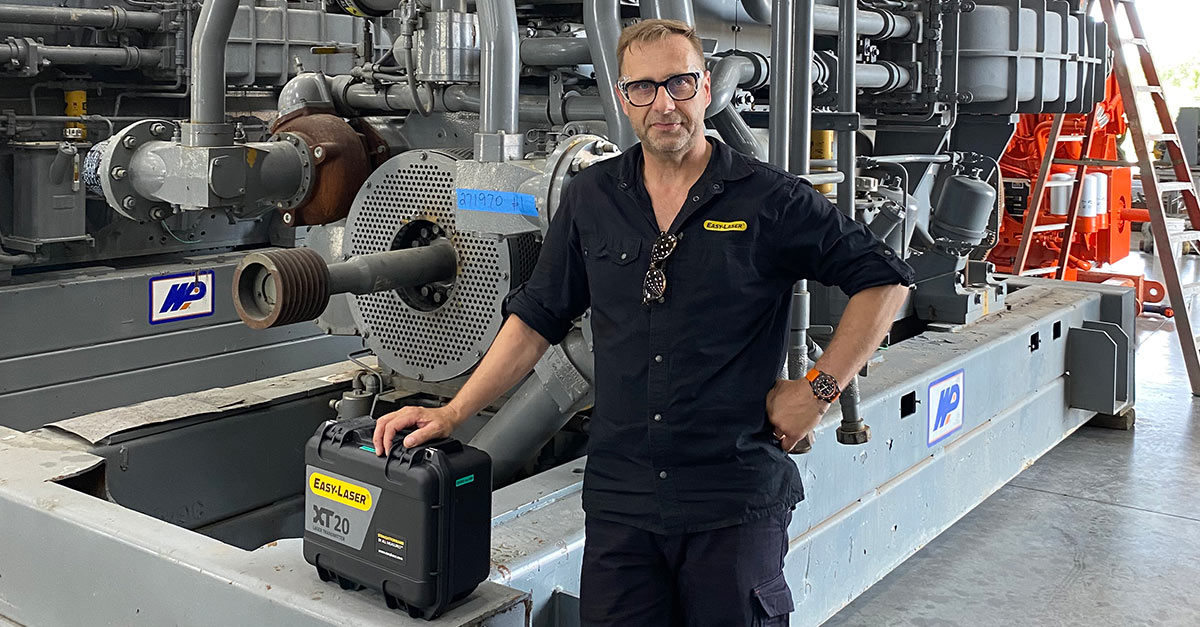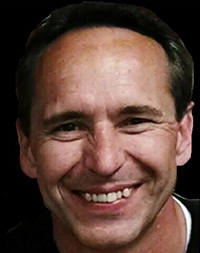 Hi Richard! You help customers solve problems every day. What does your job involve?
Hi Richard! You help customers solve problems every day. What does your job involve?
As an alignment, vibration and balancing consultant, my job description changes daily, and sometimes hourly. My customer base ranges widely and includes power production, steel, paper, plastics, printing; virtually anybody with rotating equipment.
From a roll parallel perspective, my Easy-Laser® equipment gets used at steel mills, aluminium mills, paper mills, plastics manufacturing and printing companies. Sometimes I am asked to assist with complete production line installations, but most of my work involves measurement and documentation of existing roll parallel positions and monitoring the positional changes during the replacement of rolls relative to the rest of the production line.
The E970 system allows me to quickly set up, qualify my reference and measure the parallel positions of multiple rolls. The D22 transmitter, coupled with the D46 penta prism is a powerful measurement combination that allows highly accurate, repeatable measurements. When we find a roll out of position, the E970 allows me to “watch” the position of the roll in real time and reposition the roll to the correct location quickly, eliminating wasted time and effort.

Why is parallel measurement so important?
In web processes, rolls that are out of parallel alignment can have a significant impact on the direction of strip travel, quality of product, product tension, wind-up problems, printing issues, wrinkles in the product and tear outs if the misalignment is excessive.
These problems cost the production company money. Having to slow a process to help control steering decreases the amount of product that is being manufactured. Adding unnecessary and expensive “bowed rolls” to help relieve wrinkles, or installing steering rolls to assist in guiding the web, add complexities and more interaction between rolls and the product, which costs money and time. In some cases, production is halted when the product tears out or the wind-up is so poor that the finished product needs to be scrapped.
A potential cause of virtually every web defect is alignment of the process rolls. That’s not to say it is always the cause, just a potential cause. Eliminating roll parallel misalignment allows more effective troubleshooting if problems are still present after the alignment of the process has been completed.
Do you use the E970 parallel system for other measurements than parallelism?
I use the E970 for roll elevation measurements, roll profile measurements, roll support flatness measurements; and because I have the additional fixtures and measurement sensors, I also use this equipment for shaft alignment, extruder barrel alignment, OL2R (thermal growth) alignment monitoring, turbine internal alignment, vertical hydro turbines, etc.
In several instances, I have used the E970 to monitor the parallel position of rolls while under load, to more precisely align a web process by developing roll alignment targets, similar to those used in shaft alignment.
It sounds very exciting! Which part of your job is the most challenging?
Since I’ve been using the Easy-Laser® product line, the most challenging part of my job is coming up with new measurements. The system is so versatile that I get requests to measure things that have never been measured before or were extremely difficult to measure using optical or mechanical methods. With some creativity and an understanding of how the equipment functions, I am able to develop low cost, custom fixtures to get these measurements quickly and efficiently.
For example, I have a steel mill customer in western Pennsylvania that was experiencing catastrophic failures on their back mill table. The rolls on this table are driven via drive shaft through a series of bevel gears. It was these gears that were failing, causing significant losses in production. I modified a standard fixture, and was able to measure the alignment of gears that engage at a 90° angle, recommend shim changes to align the drive shaft and correct the roll elevations. These corrections virtually eliminated the catastrophic gear failures. When a coil of electrical steel is valued at $75,000, and they run one coil every ten minutes, an hour of two of downtime is extremely expensive.
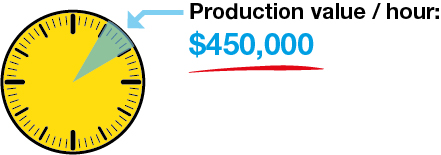
Why do you prefer laser technology to traditional measurement methods?
Virtually all of the analog measurement methods are “subjective” measurements, rather than “objective” measurements. Plumb-bobs, optical transits, dial indicators, tram-rods and pi-tapes are all completely dependent on the user to determine their accuracy and repeatability. Everybody will see something slightly different when looking through a transit (especially at a significant distance). Dial indicators have sag in the fixtures and any view of the dial from a position other than straight on results in a parallax error. Plumb-bobs and feeler gauges are only as accurate as the guy sliding the feeler gauges behind the plumb line. They are “subjective”.
The laser emitting from the transmitter is the straightest reference we can have. When that laser strikes the sensor, the position is indicated on the display unit. If the number is 10.2 mils, I see 10.2 mils, that 10.2 mil value will not change based on who is looking at it. That is an “objective” measurement.
Another reason I prefer the laser technology is the speed of the set up and the compact size of the equipment. Optical tooling is bulky, heavy and labor intensive to set up properly and accurately. By comparison, the laser equipment is lighter and smaller and much more portable. Set up time and measurement time are wasted time. When facilities are not making product, they are losing money. If half of the alignment day is spent setting up equipment, the alignment isn’t getting done. In some facilities, these losses can be as much as $50,000 every 15 minutes. Getting the alignment data quickly, and getting the alignments done accurately makes my customers very happy.
The documentation of the alignment results is crucial. As rolls are measured, moved and verified, the results are stored in the display unit. At the end of the day, the alignment report is transferred to a flash drive and the alignment report is provided to my customer.
What would you say are the advantages of the E970 system?
The E970 is very easy to use. The D22 laser transmitter is compact and battery powered. The D46 penta prism is likewise compact. The 20mm detectors are sizeable enough to measure large amounts of roll misalignment. The laser transmitter is very stable, very bright and very accurate. The integration of the Bluetooth digital level eliminates the need to set up additional sweeping transmitters or use bubble levels to measure rolls in the vertical plane. Documentation is automatic and changing the alignment reference is accomplished with the push of a button. All of the communications between the sensors and the display unit are wireless. To sum it up:
- The system is extremely compact and portable
- Set up time is minimal
- Bluetooth connectivity
- Automated Alignment Documentation
- Live alignment moves
- Large detectors
- Applicable to virtually all web/roll application
- PDF reporting
Can you give me an example of a good result from a job – recently or in the past?
There are so many examples. About one month ago, we were contracted by a tape manufacturer in Southern Illinois to measure and align new rolls as they were installed in a production line. We were able to verify the machine offset centre line, measure and align 25 rolls in one eight hour day. When the process was started the following morning, it ran flat and straight with minimal edge guiding. The customer stated he wanted everything aligned better than 0.006” over the length of 6’ long rolls. We were able to deliver alignments to less than half of that number.
At a steel mill in Southern Indiana, we get contracted whenever new rolls are installed in the process. We measure the roll parallel position and monitor the horizontal movements. We also use the laser system to measure and correct the edge trim knives to ensure they are at the proper angle (trace, toe and centreline alignment).
We recently measured and aligned rolls in pickling tanks without having to enter the tanks. These rolls spanned a distance of approximately 800 feet. We measured and aligned 20 rolls in one eight-hour shift.
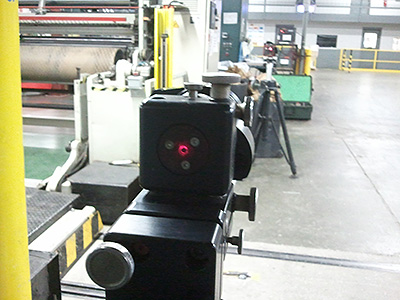
Looking from the penta prism towards the laser transmitter. Both mounted on tripods.
At a paper mill in Central Ohio we align the rolls in large paper manufacturing machines for parallel and level. Since we started aligning their rolls, the optical alignment company they were using has had to find new customers as we are getting more accurate, repeatable data faster with fewer people. Alignments that were scheduled for a three days are getting done in under half the time, allowing for shorter outages and more production.
Using the parallel software, we were able to verify that the rotational centre of a gas turbine engine was perpendicular to the mounting flange. This was a measurement that was never available to the gas turbine manufacturer.
Which part of your job do you like the most?
I’ve got a problem solving mentality. I really enjoy measuring machines and finding the root cause of an alignment or vibration problem and providing the solution to that problem. The Easy-Laser® product line is my tool of choice. I haven’t had a measurement I couldn’t get done. Every job is something new. My job requirements change so often, it’s like starting a new job every day!
Many good examples indeed, thank you so much for sharing your knowledge and experiences with us Richard!
If you have any questions about our Easy-Laser® E970 Parallelism system don’t hesitate to contact us. For information about our complete product range, click here.
If you’d like to learn more about Process Metrology, visit their website.


